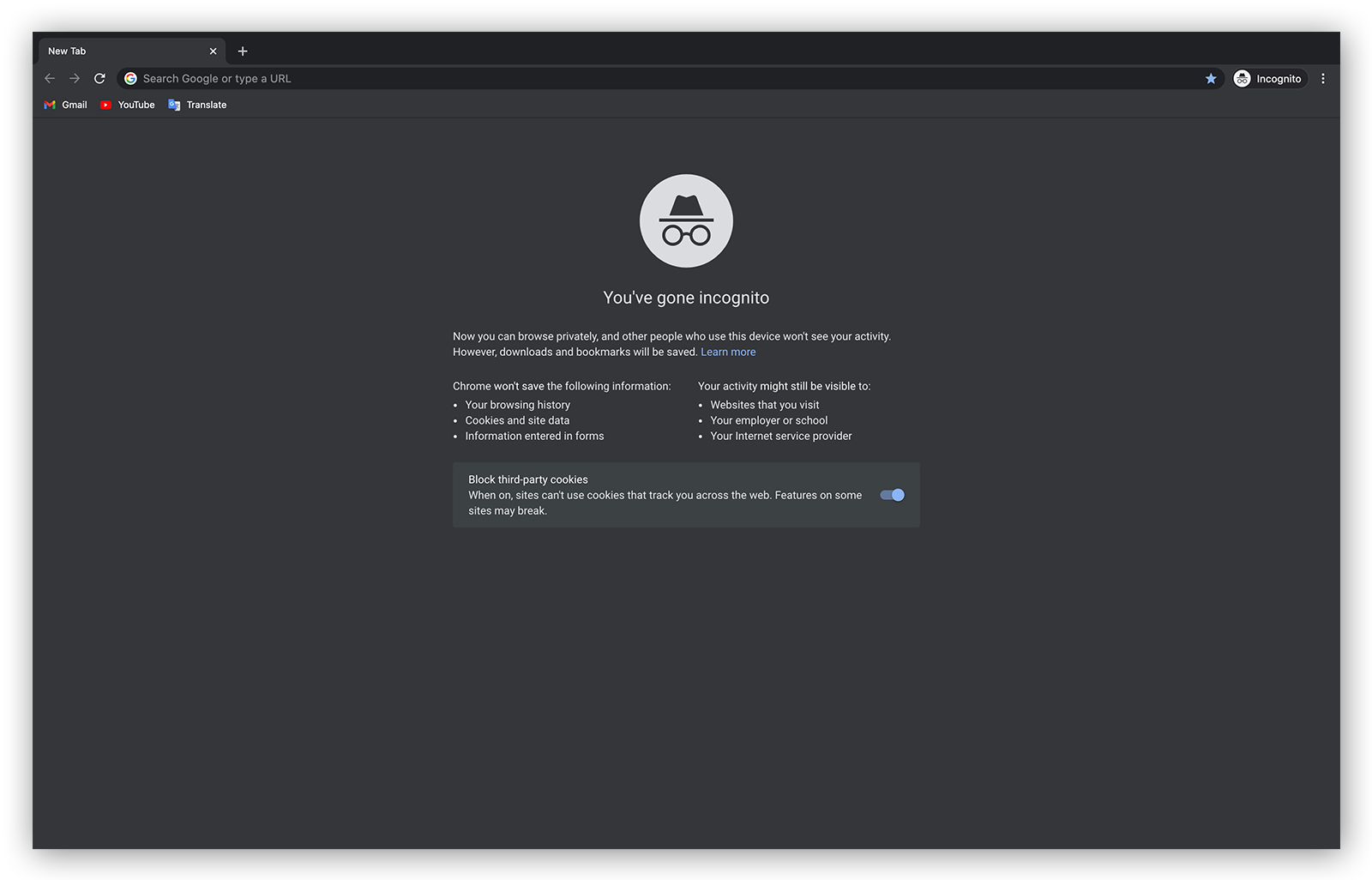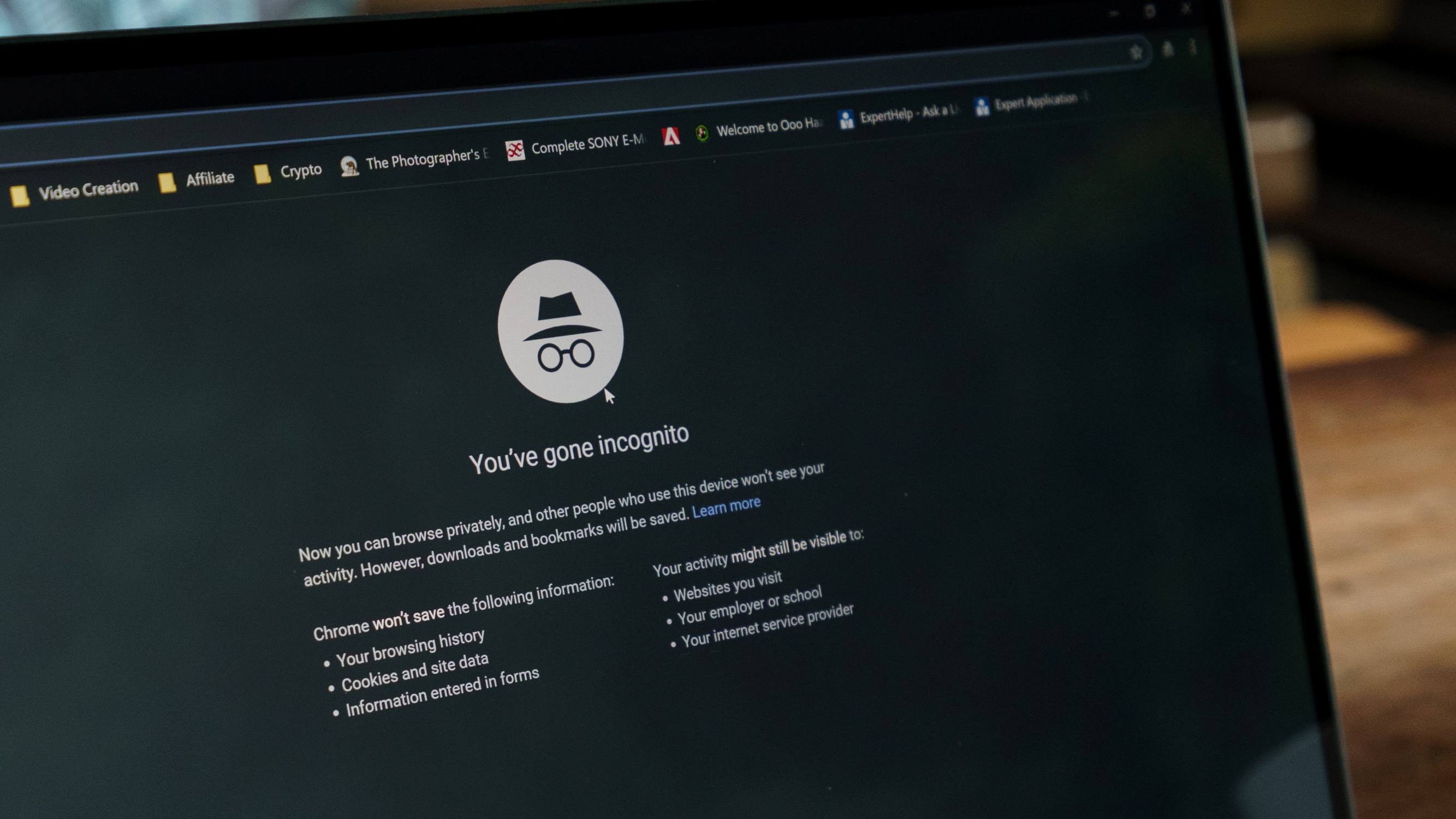Introduction
Have you ever experienced the frustration of being abruptly logged out of your Chrome browser, disrupting your workflow and causing inconvenience? If so, you're not alone. Many users encounter this perplexing issue, which can be both perplexing and disruptive. The sudden and unexplained logout from Chrome can disrupt your browsing experience, leading to the loss of unsaved work, interruptions in online transactions, and a general sense of annoyance.
Understanding the reasons behind this issue and discovering effective solutions is crucial to maintaining a seamless and uninterrupted browsing experience. Whether you use Chrome for work, leisure, or both, the unexpected logout can be a significant inconvenience. However, by delving into the potential causes and implementing preventive measures, you can regain control over your browsing sessions and minimize the occurrence of these disruptive logouts.
In the following sections, we will explore the possible causes of Chrome logging out and provide practical solutions to prevent this issue from recurring. By gaining insight into the underlying factors and implementing the recommended strategies, you can enhance your browsing experience and minimize the frustration associated with unexpected logouts. Let's delve into the intricacies of this common issue and equip ourselves with the knowledge to overcome it effectively.
Possible Causes of Chrome Logging Out
-
Syncing Issues: Chrome's syncing feature allows users to access their browsing data, including bookmarks, history, and settings, across multiple devices. However, if there are discrepancies or conflicts in the synced data, it can lead to unexpected logouts. This may occur when changes made on one device fail to propagate seamlessly to other synced devices, triggering a logout to resolve the inconsistency.
-
Corrupted User Profile: A corrupted user profile within Chrome can also be a potential culprit behind frequent logouts. When the user profile data becomes damaged or compromised, it can trigger automatic logouts as a protective measure to prevent further issues or data loss.
-
Outdated Browser Version: Using an outdated version of Chrome can introduce compatibility issues and security vulnerabilities, potentially leading to unexpected logouts. As Chrome evolves with regular updates to enhance performance and security, running an outdated version may result in instability and erratic behavior, including unexplained logouts.
-
Third-Party Extensions and Plugins: Extensions and plugins added to Chrome can significantly impact its stability and performance. In some cases, incompatible or poorly coded extensions may conflict with the browser's functionality, causing sudden logouts as a protective measure to mitigate potential risks or conflicts.
-
Security Settings and Policies: Chrome's security settings and policies, especially those enforced by network administrators in corporate environments, can trigger automatic logouts under specific conditions. These security measures are designed to safeguard sensitive data and prevent unauthorized access, but they may inadvertently lead to unexpected logouts for users.
-
System Resource Constraints: Insufficient system resources, such as low memory or high CPU usage, can strain Chrome's performance and trigger unexpected logouts. When the browser encounters resource constraints, it may initiate a logout to preserve system stability and prevent potential crashes or data loss.
Understanding these potential causes of Chrome logging out is essential for identifying the underlying factors contributing to this issue. By recognizing these triggers, users can take proactive measures to address and mitigate the risk of unexpected logouts, thereby enhancing their browsing experience and minimizing disruptions.
Solutions to Prevent Chrome from Logging Out
Addressing the persistent issue of unexpected logouts in Chrome requires a proactive approach aimed at mitigating the potential causes identified earlier. By implementing the following solutions, users can significantly reduce the likelihood of experiencing disruptive logouts and maintain a seamless browsing experience:
-
Verify Syncing Integrity: To address potential syncing issues, users should verify the integrity of their synced data across devices. This involves ensuring that changes made on one device are accurately reflected on other synced devices. By resolving any discrepancies or conflicts in the synced data, users can minimize the risk of unexpected logouts triggered by syncing inconsistencies.
-
Recreate User Profile: In cases where a corrupted user profile is suspected, recreating the user profile within Chrome can be an effective solution. This process involves creating a new user profile and migrating essential data, such as bookmarks and settings, to the new profile. By doing so, users can eliminate potential issues associated with a corrupted user profile, reducing the likelihood of frequent logouts.
-
Update Chrome to the Latest Version: Keeping Chrome updated to the latest version is crucial for addressing compatibility issues and security vulnerabilities. Regular updates introduce bug fixes, performance enhancements, and security patches, thereby reducing the risk of unexpected logouts caused by outdated browser versions. Users should ensure that automatic updates are enabled to stay current with the latest Chrome releases.
-
Manage Extensions and Plugins: Users should review and manage their installed extensions and plugins to identify any that may be causing conflicts or instability. Disabling or removing incompatible or unnecessary extensions can help prevent unexpected logouts attributed to third-party software conflicts. Additionally, users should prioritize reputable and regularly updated extensions to minimize potential compatibility issues.
-
Review Security Settings: If security settings and policies are suspected of triggering automatic logouts, users should review and adjust these settings as permitted. In corporate environments, users should consult with network administrators to ensure that security policies are appropriately configured to balance security requirements with user experience. Adjusting security settings can help mitigate unnecessary logouts while maintaining a secure browsing environment.
-
Optimize System Resources: Addressing system resource constraints involves optimizing the device's performance by closing unnecessary applications, managing browser tabs, and monitoring resource usage. By reducing strain on system resources, users can minimize the risk of Chrome initiating unexpected logouts to preserve system stability. Additionally, upgrading hardware components, such as RAM, can further enhance system performance and reduce the likelihood of resource-related logouts.
By implementing these proactive solutions, users can effectively prevent Chrome from logging them out unexpectedly, thereby enhancing their browsing experience and minimizing disruptions. Understanding the underlying causes and taking targeted measures to address them empowers users to regain control over their browsing sessions and maintain a seamless and uninterrupted online experience.
Conclusion
In conclusion, the unexpected and disruptive nature of Chrome logging users out can significantly impact the browsing experience, leading to frustration and inconvenience. By delving into the potential causes and implementing proactive solutions, users can regain control over their browsing sessions and minimize the occurrence of unexpected logouts.
Understanding the intricacies of Chrome's syncing feature, user profile integrity, browser version compatibility, third-party extensions, security settings, and system resource constraints provides valuable insights into the factors contributing to unexpected logouts. By recognizing these triggers, users can take targeted measures to address and mitigate the risk of disruptive logouts, thereby enhancing their browsing experience.
Verifying the integrity of synced data, recreating user profiles, updating Chrome to the latest version, managing extensions and plugins, reviewing security settings, and optimizing system resources are pivotal in preventing unexpected logouts. These proactive solutions empower users to maintain a seamless and uninterrupted browsing experience, free from the disruptions caused by unexplained logouts.
By staying vigilant and proactive in addressing potential triggers of unexpected logouts, users can navigate the digital landscape with confidence, knowing that their browsing sessions are safeguarded against disruptive interruptions. The knowledge gained from understanding the causes of Chrome logging users out, coupled with the implementation of targeted solutions, equips users with the tools to overcome this common issue effectively.
Ultimately, by taking control of the factors within their influence, users can minimize the impact of unexpected logouts, ensuring a smoother and more enjoyable browsing experience. Embracing a proactive approach to addressing potential triggers of unexpected logouts empowers users to navigate the digital realm with confidence, knowing that their browsing sessions are safeguarded against disruptive interruptions.
In essence, by understanding the underlying causes and implementing practical solutions, users can reclaim control over their browsing experience, mitigating the frustration and inconvenience associated with unexpected logouts. This proactive approach not only enhances the stability and reliability of Chrome but also fosters a more seamless and enjoyable browsing experience for users across diverse digital landscapes.

























